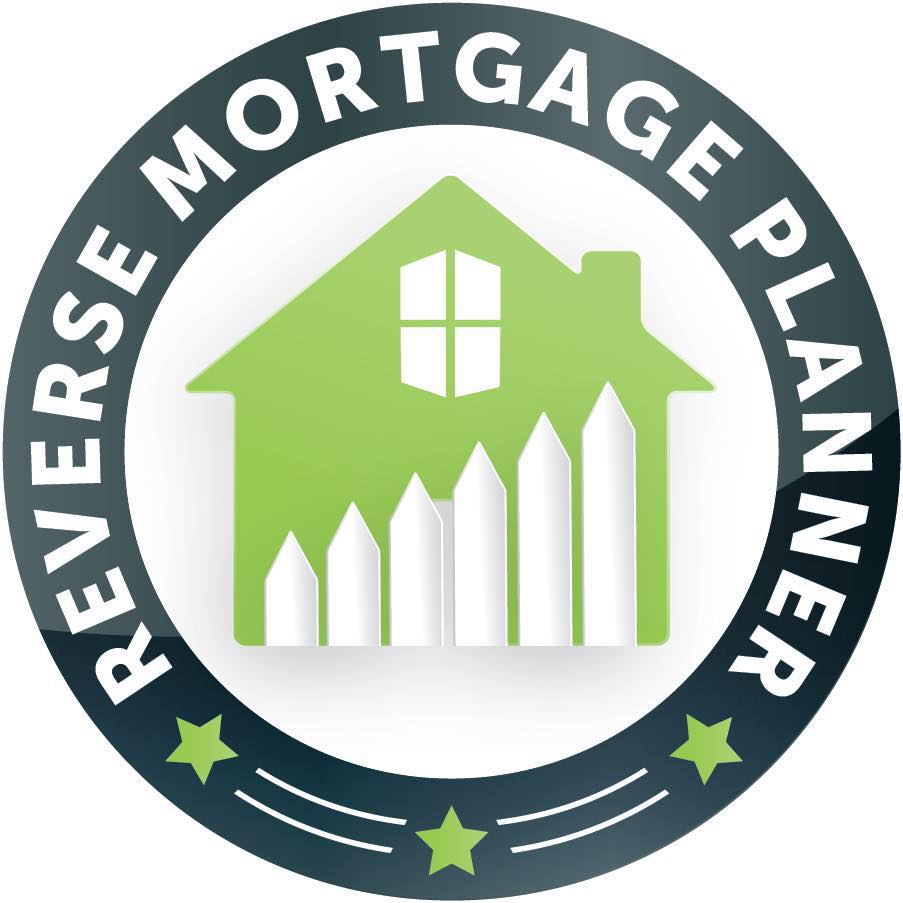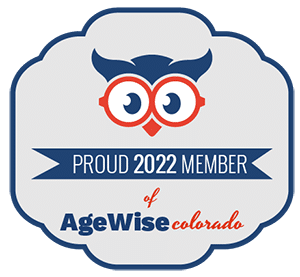Reverse mortgages have been around for decades, but misconceptions and outdated information continue to mislead homeowners. Financial personalities like Dave Ramsey and Suze Orman often paint reverse mortgages in a negative light—sometimes based on old guidelines that no longer apply.
If you’ve heard that the bank takes your home or that a reverse mortgage is “free money”, it’s time to separate fact from fiction. In this guide, we’ll debunk common reverse mortgage myths and compare them to another popular home equity tool: the Home Equity Line of Credit (HELOC).
Table of Contents
- Common Myths About Reverse Mortgages
- Reverse Mortgage vs. HELOC: Quick Definitions
- Key Similarities Between a Reverse Mortgage and a HELOC
- Key Differences Between a Reverse Mortgage and a HELOC
- When Does a Reverse Mortgage Make Sense?
- When Does a HELOC Make More Sense?
- Addressing Dave Ramsey and Suze Orman’s Concerns
- Final Thoughts: Which Loan Is Right for You?
- Is a Reverse Mortgage Right for You? Find Out in 60 Seconds! Click Here
- About the Author: Kevin Guttman
Common Myths About Reverse Mortgages
Myth #1: The Bank Takes Your House
🔴 False! With a Home Equity Conversion Mortgage (HECM)—the most common type of reverse mortgage—the homeowner remains on the title. The lender simply places a lien on the property, just like any traditional mortgage.
✔ Reality: You still own your home and can live in it as long as you meet the loan’s terms, including paying property taxes, homeowners insurance, and maintenance costs.
Myth #2: It’s “Free Money” You Never Pay Back
🔴 False! A reverse mortgage is a loan—not a giveaway. Unlike a HELOC or traditional mortgage, no monthly payments are required, but the loan must be repaid when:
✔ The home is sold
✔ The borrower moves out permanently
✔ The borrower passes away
At that point, the home is usually sold, and the proceeds go toward paying off the loan. Any remaining equity belongs to you or your heirs.
Myth #3: You Need High Income and Perfect Credit
🔴 False! Unlike traditional home loans, reverse mortgages do not require a high income or credit score.
✔ Reality: Lenders perform a financial assessment to ensure you can afford property taxes and insurance, but the requirements are much more flexible than a HELOC or conventional mortgage.
Myth #4: Reverse Mortgages Are Too Risky
🔴 False! In the past, some reverse mortgage borrowers ran into issues due to lack of regulation. Today, HECM reverse mortgages are federally insured and come with strong borrower protections, including safeguards for non-borrowing spouses.
✔ Reality: Reverse mortgages can be an excellent financial tool for retirees, offering a safe and flexible way to access home equity.
Reverse Mortgage vs. HELOC: Quick Definitions
Now that we’ve debunked the myths, let’s compare Reverse Mortgage Lines of Credit (RMLOCs) and Home Equity Lines of Credit (HELOCs).
Reverse Mortgage Line of Credit (RMLOC)
✔ Age Requirement: 62+
✔ No Monthly Payments: The loan is repaid when you sell, move, or pass away.
✔ Line of Credit Grows: Any unused credit line increases over time.
✔ Stay on Title: You remain the homeowner.
Home Equity Line of Credit (HELOC)
✔ Age Requirement: None (available to qualified homeowners).
✔ Monthly Payment Required: Borrowers must make monthly payments once funds are drawn.
✔ Fixed Credit Limit: The credit limit is set and does not grow.
✔ Stay on Title: You remain the homeowner, but the lender can freeze or reduce your credit line.
Key Similarities Between a Reverse Mortgage and a HELOC
Despite their differences, a Reverse Mortgage Line of Credit and a HELOC have a few things in common:
1. Access to Home Equity
Both loans allow homeowners to convert home equity into cash without selling their home.
2. Flexible Withdrawals
Borrowers can draw funds as needed, rather than taking a lump sum. This helps manage cash flow while reducing interest costs.
3. Secured by the Home
Both loans place a lien on the property, meaning the home serves as collateral. However, you remain on the title in both cases.
4. Variable Interest Rates
Both a reverse mortgage line of credit and a HELOC usually have adjustable interest rates, meaning the cost of borrowing can fluctuate over time.
5. No Restrictions on Use
Funds from both loans can be used for any purpose, including:
✔ Home repairs and renovations
✔ Medical expenses
✔ Debt consolidation
✔ Supplementing retirement income
Key Differences Between a Reverse Mortgage and a HELOC
| Feature | Reverse Mortgage Line of Credit (RMLOC) | Home Equity Line of Credit (HELOC) |
|---|---|---|
| Eligibility | 62+ years old | Any age (must meet lender requirements) |
| Repayment Requirements | No monthly payments | Monthly payments required once funds are borrowed |
| Credit & Income Requirements | No strict credit score needed | Requires good credit & stable income |
| Growth Feature | Unused credit line grows over time | Credit limit remains fixed |
| Risk of Freezing or Reduction | Cannot be frozen or reduced | Lender can freeze or cancel credit line |
| Loan Payoff | Paid when borrower moves out, sells, or passes away | Must be repaid during the borrower’s lifetime |
When Does a Reverse Mortgage Make Sense?
A Reverse Mortgage Line of Credit is ideal for:
✔ Retirees on a fixed income – No monthly payments make it easier to budget.
✔ Homeowners who plan to “age in place” – Stay in your home while accessing equity.
✔ People with limited credit or income – More lenient qualifications than a HELOC.
✔ Those who want a growing credit line – The unused credit line increases over time.
When Does a HELOC Make More Sense?
A HELOC is a better choice if:
✔ You’re under 62 – Reverse mortgages aren’t an option if you haven’t reached retirement age.
✔ You have stable income and good credit – Monthly payments are required.
✔ You need short-term funds – A HELOC is useful for home renovations or temporary financial needs.
Addressing Dave Ramsey and Suze Orman’s Concerns
Financial gurus like Dave Ramsey and Suze Orman often criticize reverse mortgages, but their advice is not always applicable to today’s borrowers.
✔ Reverse mortgages are now federally regulated, reducing past risks.
✔ Each homeowner’s situation is unique—what works for one person might not work for another.
✔ Misconceptions about ownership and repayment have been debunked—borrowers remain on title and can repay the loan on their terms.
If you’ve been hesitant due to negative media coverage, it’s best to consult a Certified Reverse Mortgage Professional (CRMP) to get personalized advice.
Final Thoughts: Which Loan Is Right for You?
Both Reverse Mortgages and HELOCs are valuable tools for accessing home equity, but choosing the right one depends on your age, financial health, and goals.
✔ If you’re 62+ and want to eliminate monthly payments, a Reverse Mortgage Line of Credit is a great solution.
✔ If you’re comfortable with monthly payments and want short-term borrowing flexibility, a HELOC may be the better option.
Regardless of what you choose, it’s essential to get professional guidance to make the best financial decision for your future.
Want to Learn More? Contact Us Today!
Thinking about a reverse mortgage? Wondering if a HELOC is a better fit? Contact us today for a free consultation to explore your options!
Is a Reverse Mortgage Right for You? Find Out in 60 Seconds! Click Here
If you’re 62 or older and prefer a solution that doesn’t require monthly payments, a reverse mortgage could be a game-changer—especially if you want your equity to grow over time. On the other hand, if you don’t mind monthly payments and meet credit/income requirements, a HELOC might fit better.
Still Have Questions?Reach out to Kevin Guttman, Certified Reverse Mortgage Professional (CRMP) with 15+ years of experience. Whether you’re comparing a reverse mortgage to a HELOC, a home equity loan, or another financial product, I’m here to help you find the perfect fit for your lifestyle and goals.
Contact Kevin today or visit Reverse Mortgage Revolution to learn more about how refinancing can help you achieve your retirement goals. Take the next step toward greater financial freedom and peace of mind.











